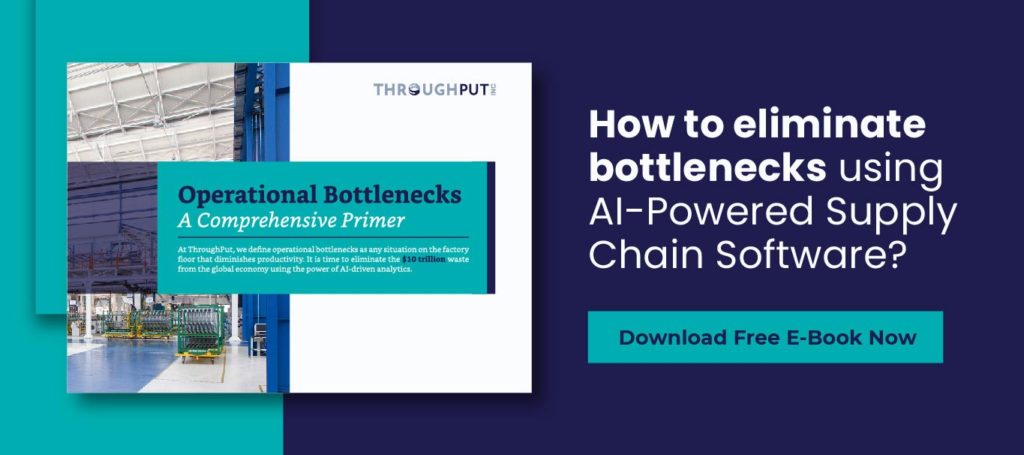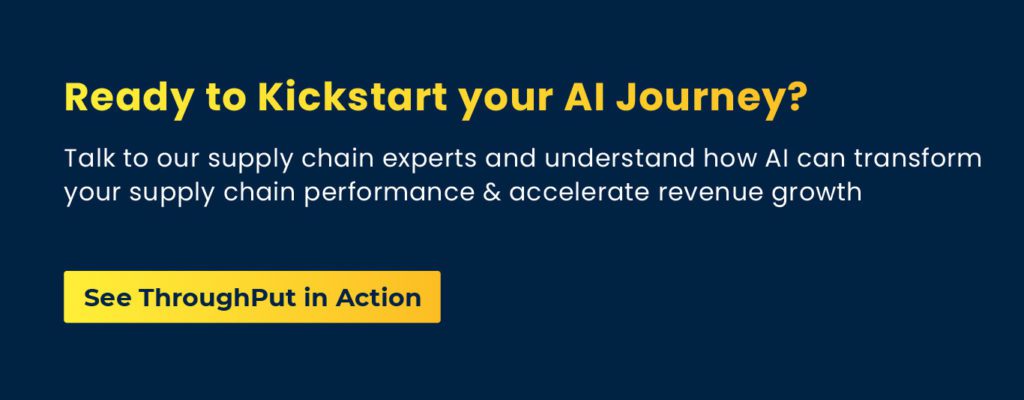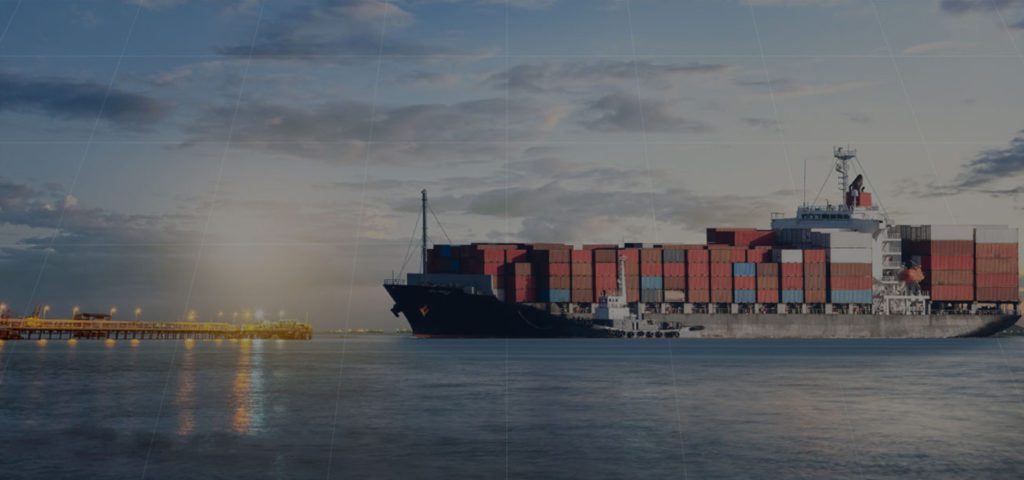Bringing down supply chain costs from just 9% to 4% can actually double profits – yet, merely 2% of businesses have visibility beyond the second tier of their supply networks.
Though businesses today are still navigating the slippery slope of cautious “post-pandemic recovery” hope and reducing supply chain disruptions and delays, 69% still do not have the full visibility to optimize precious cost and effort.
Supply chain visibility software is a critical key to omnichannel fulfillment, and one of the top technologies today’s businesses need to adopt to immediately boost their bottom lines as well as customer experience, thus accelerating growth.
What Does it Mean to Have Supply Chain Visibility?
Supply chain visibility is the access that stakeholders across supply chains have to real-time, connected data on manufacturing, the order process, inventory levels, distribution, and – most importantly – potential supply chain disruptions.
Lack of inventory visibility in particular is a major challenge when it comes to accelerating the resolution of order and shipment issues.
A general lack of supply chain visibility leads to the following challenges, which are prevalent across far too many businesses today:
- Supply chain bottlenecks
When there is no real-time visibility into operations, unanticipated runtime issues quickly spiral into choked bottlenecks, slowdowns, and – at worst – shutdowns that run into several days or weeks with seemingly no detectable cause. - Lack of agility
With no traceable cause for these disruptions, companies take longer to respond to sudden changes in market dynamics, such as a spike or dip in demand that they did not see coming, or the inability to control output quality in the face of poor supplier reliability.
This in turn leads to missed sales opportunities, higher customer returns, and poor customer experience. - Supply chain risk
The list of disruptions triggered by factors beyond the control of supply chain experts is endless. Ranging from worker strikes to material shortages to changing government tariffs, these upheavals wreak havoc on supply chains. - Siloed approach to operations
With limited visibility and disparate data, stakeholders across the supply chain are often forced into taking myopic operational decisions that reflect a poor understanding of actual organizational workflows.

How to Achieve Supply Chain Visibility?
At the end of the day, supply chain managers must ensure that the right product reaches the right customer at the right place and time – at an optimized cost. To do this, they need unfettered, real-time visibility into every aspect of the supply chain.
Any unexpected issues can then not only be resolved in the least possible time (and without triggering backups and supply chain snarls), but can actually be anticipated ahead of time and proactively prevented to ensure continued smooth operations.
Complete supply chain visibility thus empowers you to identify, predict, and prevent the following:
Operational Bottlenecks
Whether in procurement, production, or distribution, these bottlenecks, if unanticipated or undetected, can quickly turn lethal as they have a direct and immediate impact on profit margins and the bottom line. The key to avoiding these is inventory control.
Adequate inventory levels can help ensure that businesses always have enough to support both production and sales.
Supply chain visibility ensures visibility into inventory levels at all times, thus helping businesses ensure the right inventory levels – neither too much nor too little – which go a long way toward fulfilling promises and meeting customer expectations.
Constrained Cash Flow
For many businesses, inventory costs tend to be significant, often representing their single largest investment. Therefore, they need to control and manage three main types of inventory costs: carrying costs, order costs, and stock-out related costs.
When they can accurately forecast and manage demand with the right levels mount of inventory, they maintain just-in-time inventory, minimize stock in hand, and optimize inventory costs –ultimately leading to smother cash flow.
Is it really a big deal?
For businesses to maintain control in increasingly uncertain times, they must have crystal-clear visibility both up and down their supply chains.
This transparency is as important during typical times as it is during times of extreme disruption to ensure smooth, continuous business operations. It also ensures that businesses function efficiently – and profitably – at all times, while continuously improving customer satisfaction.
Real-time, actionable intelligence can also help uncover previously hidden revenue opportunities, leading to further growth. Put that way, who would say no to supply chain visibility software?


